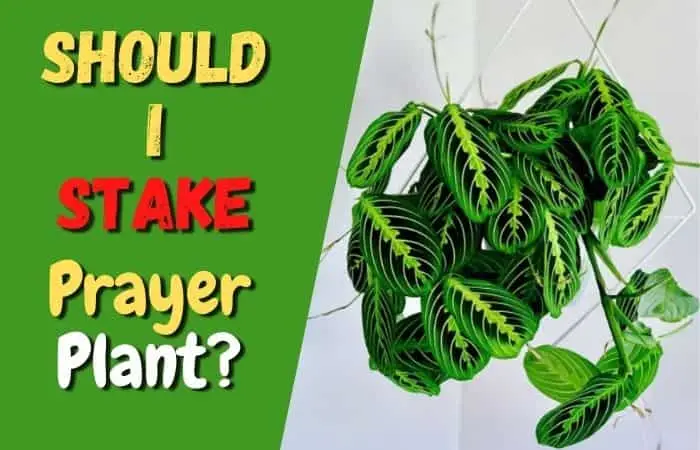Spider Plant Watering – A Detailed Guide
Though spider plants are low maintenance, a good watering system with an appropriate watering schedule is a must for the best growth of the spider plant. Such as watering directly in the soil is the best way of watering than any other method.
Besides, early morning is the best time for watering the spider plants, and watering once a week is enough in the growing season like spring and summer.
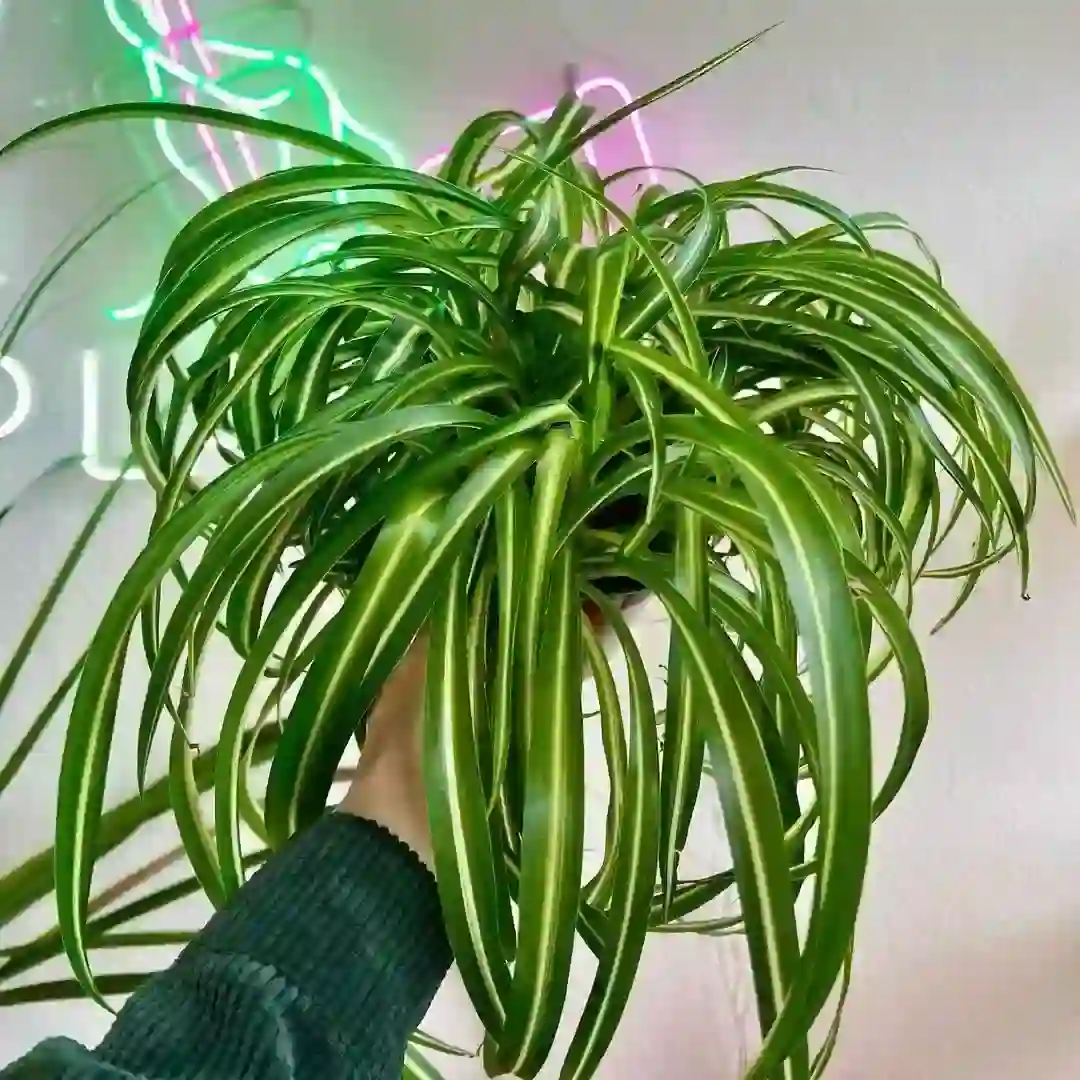
So if you ensure a proper watering system, a spider plant can give you the best results as an indoor plant. Let’s discuss a proper watering system for spider plants.
Quick view of spider plant
It is necessary to know about the plant before discussing its watering system. So a quick view of spider plants is given below.
| Key factors | Descriptions |
| Common name | Spider plant, airplane plant, ribbon plant, and spider ivy. |
| Scientific name | Chlorophytum comosum. |
| Mature size | 50-60 cm long houseplant. |
| Nature of leaves | Long and thin ribbon-like spiky leaves with a vibrant, solid green color, or a variegation of yellowish or off-white lines on the solid green base. |
| Nature of flower | Small and star-shaped, white with a leathery texture. |
| Fertilizing | Every 3 to 4 months. |
| Light requirements | Prefer bright indirect sunlight. But also can tolerate heavy shade. |
| Soil requirement | Well-draining potting mix. |
| Native area | Tropical area of South Africa. |
Overview of best watering practice for spider plant
Some directions are needed for watering a spider plant considering it to be best for the watering system of a spider plant. Watering may vary according to the intensity of temperature. So you should keep these directions in mind.
| Directions | Details |
| Best specific time for watering | Early morning is the best time for watering. |
| Watering seasons | In the summer season- once a week, in the rainy season- once a month & in the winter season- twice a month. |
| Tools used in watering | Normal watering can, a watering can attaching a nozzle with multiple holes, a spray bottle, and a normal water mug. |
| Types of water | Clean distilled water. |
| Watering method | By sprinkling water from the top or, watering from a 60°-90° angle or, from the bottom directly to the root zone only. |
| When to stop watering | When the upper surface is wet enough. |
Perfect watering methods for spider plants
The watering methods are the different ways of watering a plant. One can water the spider plant in different ways using different angles. The used method can vary from one spider plant to another spider plant.
Watering directly in the soil
You can directly water the soil part of the spider plant pot by using normal watering can or watering globes or normal watering mug so that the roots can get enough water directly from the soil. In this case, water must be free from any mixture of fertilizers growth hormones, or enzymes.
Besides, usually some diluted fertilizers are harmful to apply directly to the roots. In this case, those fertilizers are applied by mixing with the soil at a little bit of distance from the root zone.

Sprinkling on the leaves
In this method, perforated nozzles or sprinklers are attached to the watering can, or a spray bottle is used to water the spider plant. Water is sprinkled on the leaves from the top of the spider plant and then gradually the water reaches the bottom of the plant.
This method is mainly used in the rainy or winter season as in this season the plant needs less water than summer season. So the soil gets dried slowly.

Watering from the upper portion
Sometimes, watering the spider plant can be done by pouring water at an angle of 60° to 90° from the top of the plant using a special watering can with extra long curved spout. Then the water comes down sliding from the upper parts to the soil and finally to the roots of the plant.
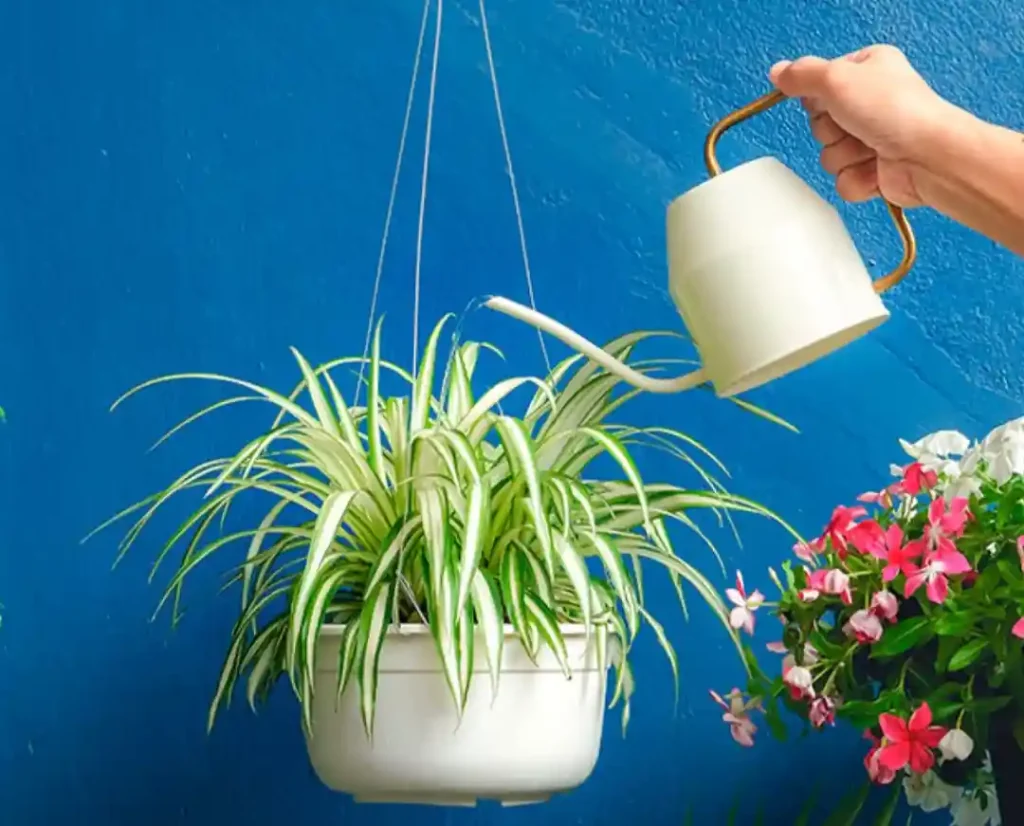
Factors of watering the spider plant
Amount of water
The amount of water depends on some factors like temperature, sunlight, pot size, types of soil, etc. If the temperature and sunlight are too much, a higher amount of water will be preferred.
Again if the pot size is big, then the amount of water will also be high, and vice versa. Besides, clay or silty soil needs less water than sandy soil as clay soil holds more water than sandy soil. Moreover, you must be aware of the wetness of the soil surface to avoid water clogging strictly.
Purity and quality of water
One of the most important factors is the purity and quality of the water applied to the plant. Clean distilled water is a must for the best watering performance.
Besides, in the case of spider plants, water purity should be maintained so that any minerals, germs, microorganisms, dust, or other kinds of irritating things can not be present in them. Impure and low-quality water is harmful to spider plants.
Temperature of water
Another important factor is the maintenance of water temperature. The Water used for spider plants should be at normal room temperature (25-28°c). Very high or very low temperatures of the water may hamper the plant’s health.
Elements of water
Spider plants can be sensitive to common household tap water as this water carries many minerals, salts, fluoride, and other substances in varying quantities which are not suitable for spider plants.
If you see your spider plant show brown tips, use fresh rainwater or distilled water as distilled water is free from any types of minerals and other molecules.
Indication of watering necessity for the spider plant
If the watering system is not appropriate for your spider plant, some symptoms will be seen. These indicators are given below that will indicate the necessity of a proper watering system for your spider plant.
- Different parts of the plant will be wilted.
- The leaves will lose their shine and turn into a dull green color.
- The leaves will start to die and fall early.
- The surface of the leaves will lose their leathery texture and will be rough.
- The stems may start to die.
- Moreover, the whole plant will seem to be lifeless.
Effect of different watering methods
It is very essential to know about the effects of different watering methods. Watering without choosing the appropriate way will lead your spider plant to die. The effects of different watering methods are given below.
- One of the watering systems is to water directly to the root zone from the bottom. This method facilitates root development so that the plant can take more water by the osmosis process.
- Besides, watering from the top may reduce water availability in the root zone as watering is done actually to its apical portion. So the water won’t be transferred accurately to roots.
- Another method is sprinkling water from the top of the plant. Sprinkles may increase the humidity level of the plant surroundings which will facilitate your spider plant on a torrid day.
Specific time for watering the spider plant
There are always some specific times for watering a spider plant when the plant can absorb water more frequently. For the best result, a specific timing is mandatory. They are discussed below in brief.
1. Perfect timing during day time: In day time, you should water your spider plant early in the morning. Besides, late afternoon can also be considered for watering during day time. Plants reserve the morning watering and when sunlight is suitable, it helps to prepare food precisely.
2. Watering at night: Watering the spider plant at night is a wrong idea. Because at night, sunlight is not available the applied water is not used by the plant to produce its food naturally.
The unused applied water may create water-clogging and initiate root rot including leaves drooping. Never water at night, even if you forget about water during the day.
3. Watering depending on the season: The watering system will not be the same in all seasons. In the summer season, frequent watering is needed at least once a week. Besides, in the rainy season, the weather is not very dry and air humidity is also high, so no need for frequent watering at all.
Again, in the winter season, when the temperature is too low, a lack of watering in a month won’t be stressful for a spider plant.
Problems due to imperfect watering and their remedies
Problems caused by underwatering
1. Leaf curling: When the edges and tips of the spider plant start curling, it may be due to insufficient water. This often happens with spider plants dramatically whenever they need more water.
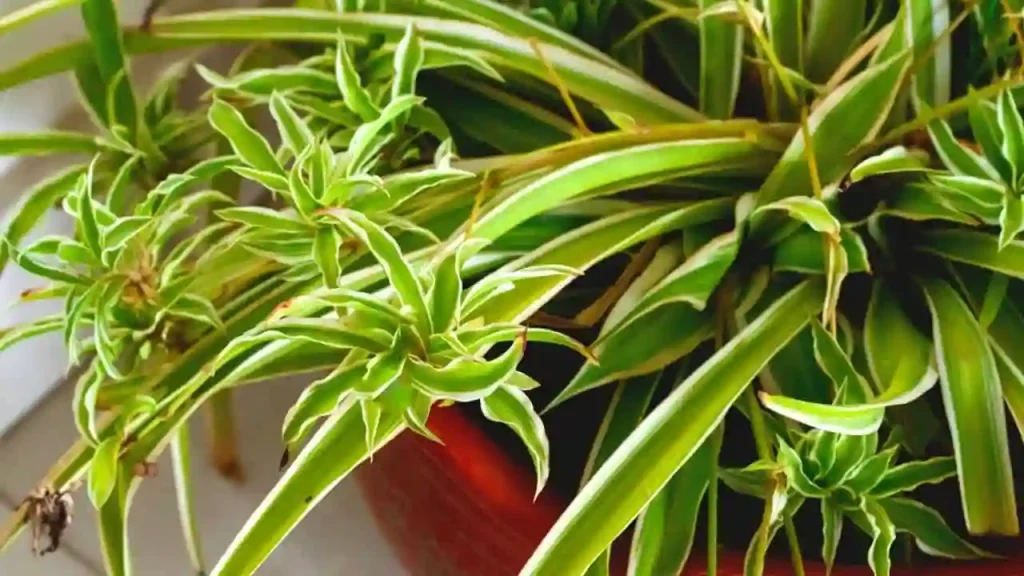
2. Yellow leaves: One of the most common problems with spider plants is the yellowing of the old bright green leaves which can be caused due to underwatering.
The plant can not produce sufficient food and nutrition it needs because of too much lack of water. Eventually, the leaves start to turn yellow to balance the nutrients to the whole plant.
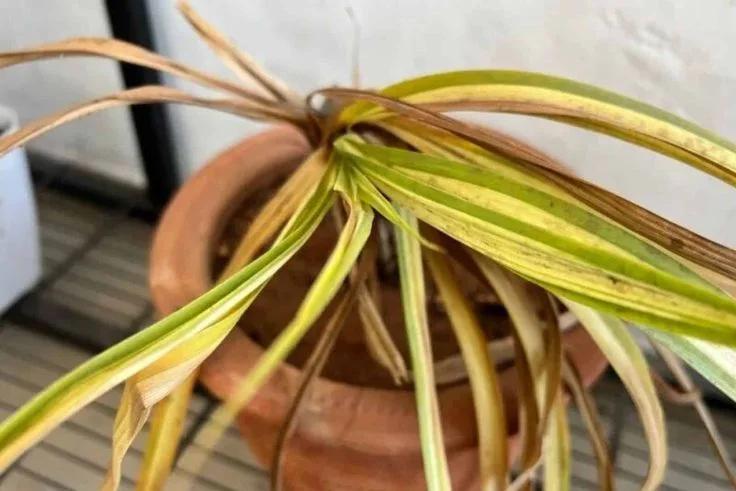
3. Not producing spiderettes: Another common problem of the spider plant is not producing spiderettes due to lack of sufficient water.
The spider plant can not tolerate complete drying out between watering schedules and stop producing spiderettes.
Remedies of underwatering problems:
- To fix these problems, move your spider plant to the indirect light area and provide enough water.
- Keep a consistent watering schedule like water when the top 50% of the soil gets dried.
- If the soil is extremely dry accidentally because of underwatering, water the plant instantly.
You can also soak the plant’s root in normal-temperature water by taking it out of the pot and allowing it to soak up water for about 45 min if needed.
Then repot the plant with a new potting mix and put it back in its proper spot. You can also slightly water from the top of the soil to speed up the saturation.
Problems caused by overwatering
1. Root rot: Another big issue of some spider plants due to overwatering is root rot. In this case, overwatering is caused because of the very poor drainage system of the plant pot.
Excess water causes the roots of the plant to become damaged or even die. Because of root rot, a bad odor coming from the soil of the plant can also be felt.

2. Faded leaf color: If your plant’s leaves are getting faded in color or washed out, it’s likely a sign that you have been overwatering them for a long time.
As overwatering kills roots and stunts growth, the plant doesn’t have a well-developed root system to take up water at a healthy rate and the green color of leaves starts fading away.
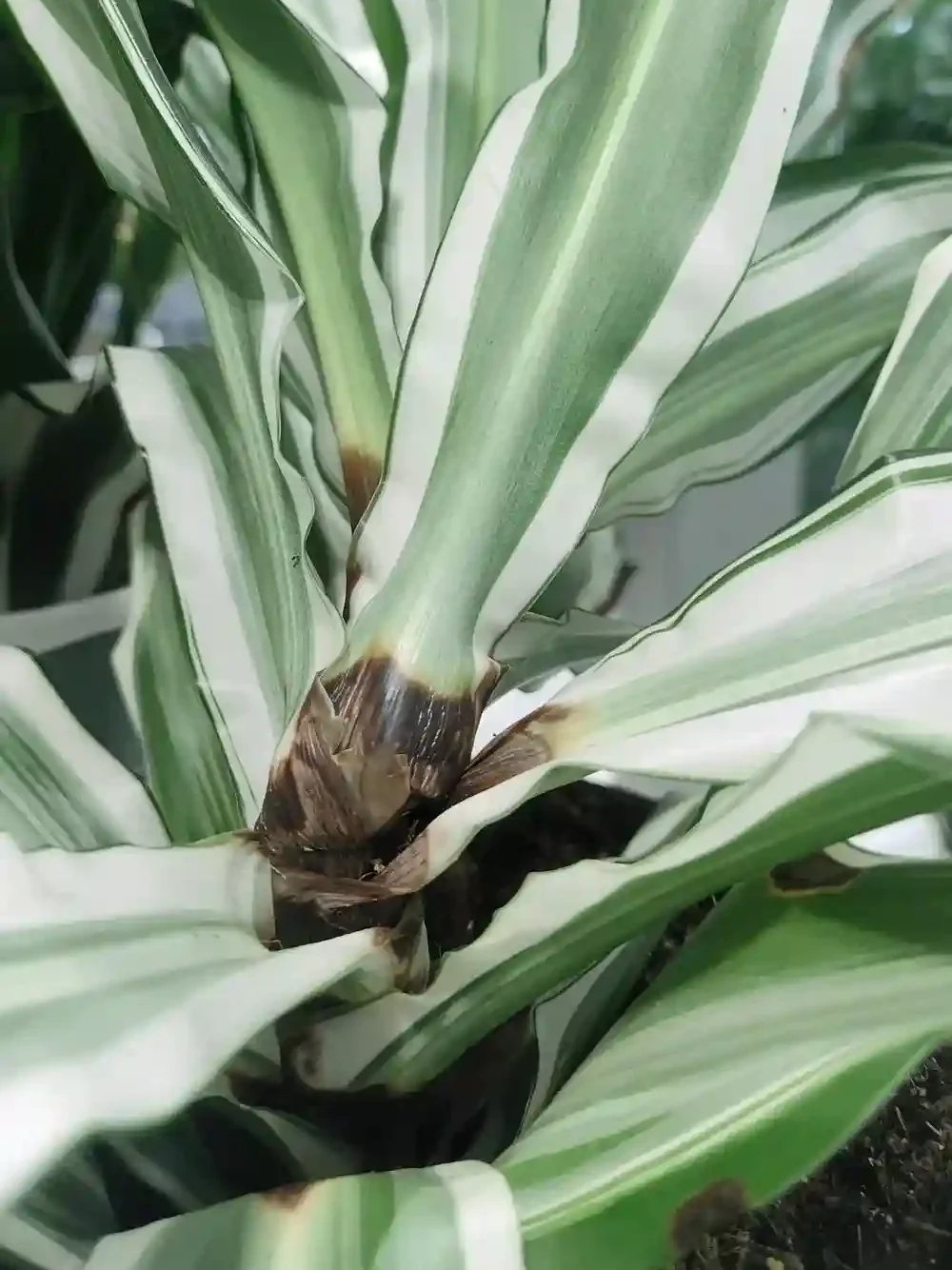
3. Droopy leaves: If your plant leaves are drooping over, it is because of overwatering them. As overwatering causes the roots to rot and the plant starts absorbing water less efficiently. This causes a droopy-looking plant.

4. Sagging of the plant: If your plant is overwatering for a long period, it hampers the roots and starts to sag or lean over gradually.
Overwatering causes the root rot and the plant’s growth starts slowing down which means it can not absorb water fast enough and starts leaning towards the light.

5. Attacking of pests: When your plant is overwatered due to bad drainage, the stagnant water attracts flies who lay eggs which causes a sudden increase in fungus gnats or whiteflies. This is very dangerous for the plant’s life.
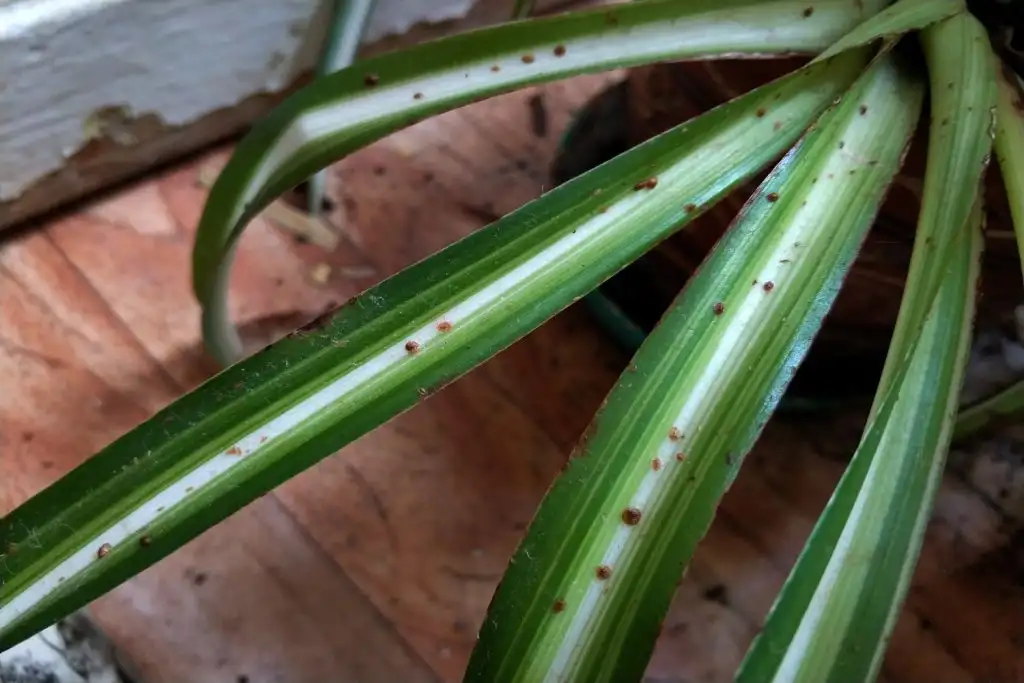
Remedies of overwatering problems:
- First, take out the plant from its pot and look for damaged roots. If any brown or slimy roots are found then, simply cut off those damaged roots. Then allow the roots to dry for a few minutes and repot your plant into a new dry potting soil.
- If your pot is not having a good drainage system, you can add some lava rocks or grit to the bottom of the pot to help with good drainage.
- Check if your plant is in the right-sized container. If your plant is in a much bigger container than the plant needs, chances of overwatering are increased. So try to use a proper size pot.
- Reduce your watering schedule ( such as once in two weeks) and check how the plant responds. If they seem to be right, then follow that watering schedule.
Problems caused by water quality
1. Brown leaf tips or edge: If you notice that some of the leaves are turning brown but the plant is not overwatered, then this can be caused by to quality of water.
Normal household tap water, mineral water contains high levels of minerals and salts which can burn the tips of the leaves and turn brown.
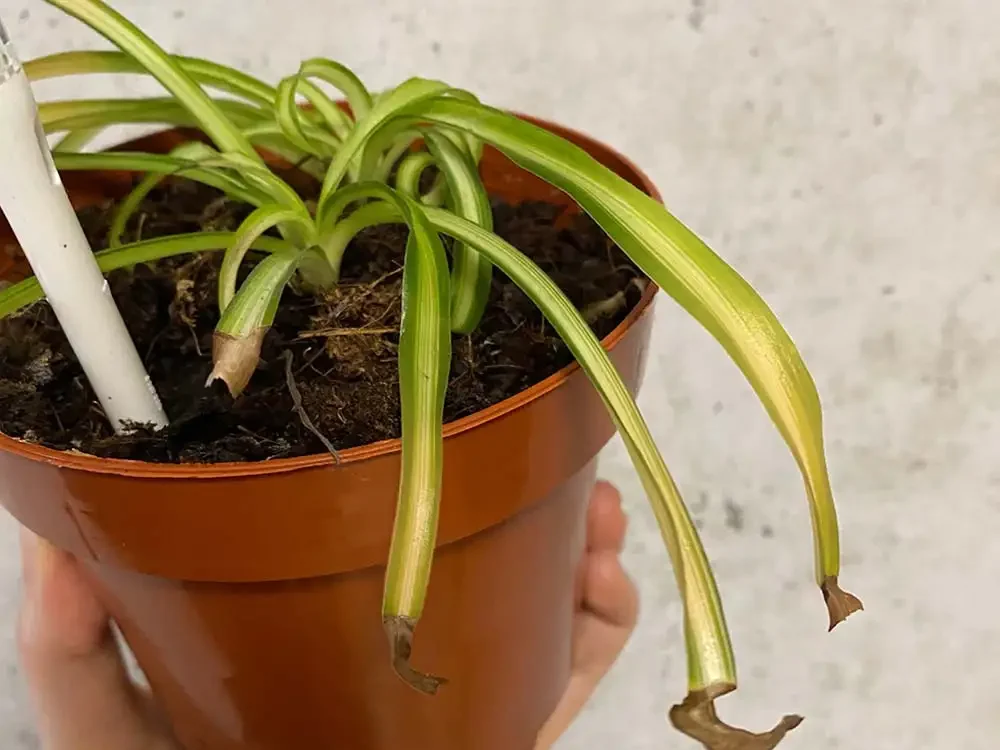
2. Damaged plant: If your plant is getting damaged even if your plant is not overwatered, another reason can be using normal tap water, not distilled water.
Normal tap water contains salts, chlorine, and minerals which can be absorbed through the soil and cause damage.
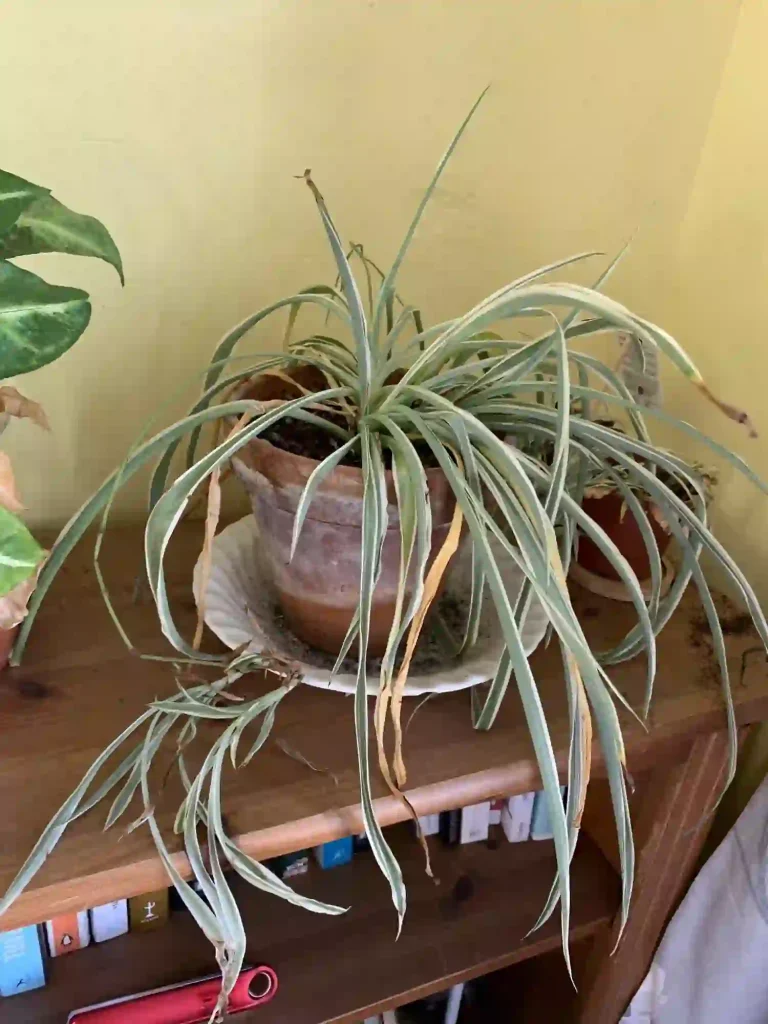
Remedies of problems due to water quality:
- One way is to trim the affected parts of the plant and switch to distilled water instead of using normal tap water.
Ensure that you do the trimming only in the growing months like spring and summer and must avoid trimming your spider plant in the winter.
- Another way is to use a water filtration system if you don’t have distilled water available.
Again, if you do not have a filtration system available, leave your water in an open container or sink overnight before using it. It can help reduce some of the minerals, salts, and chlorine.
FAQ
Why is a good watering system essential for spider plants?
A good watering system also greatly affects the food preparation and plant physical processes. The continuous growth of spider plants is dependent on the factors that ensure plant health and propagation systems. When pure distilled water is applied maintaining the perfect watering method, a perfect spider-like appearance and fresh look will be seen on your spider plant.
Moreover, the leaves will be glossy and green in color. The leaf color will be shiny and the plant will appear as a healthy look. All over, the usefulness of all the methods will be visible. You won’t get any bad odor from the plant.
Conclusion
Finally, our discussion on the watering system of spider plants has come to an end. Hopefully, this context will help and inspire them to care for the spider plant effectively and decorate their rooms with spider plants. Let’s take a view of this article.
- A good watering system is a must for the healthy growth of the spider plant. So for a good watering system, it is important to make a consistent watering schedule.
- Watering directly in the soil is better than any other method as in this method, water can reach the roots easily.
- Watering the spider plant once a week is enough for the spider plant. Yet you should check whether the top inch of the soil is dried or not between the watering periods.
- Ensure that the spider plant is not overwatered as it can not tolerate excess water at all.
Understanding all the advice will help to take the best care of the watering of spider plants and increase the beauty and lifetime of the plant.

![Does english ivy climb? [If YES then HOW!]](https://plantclassroom.com/wp-content/uploads/2022/09/Does-English-Ivy-Climb.webp)
